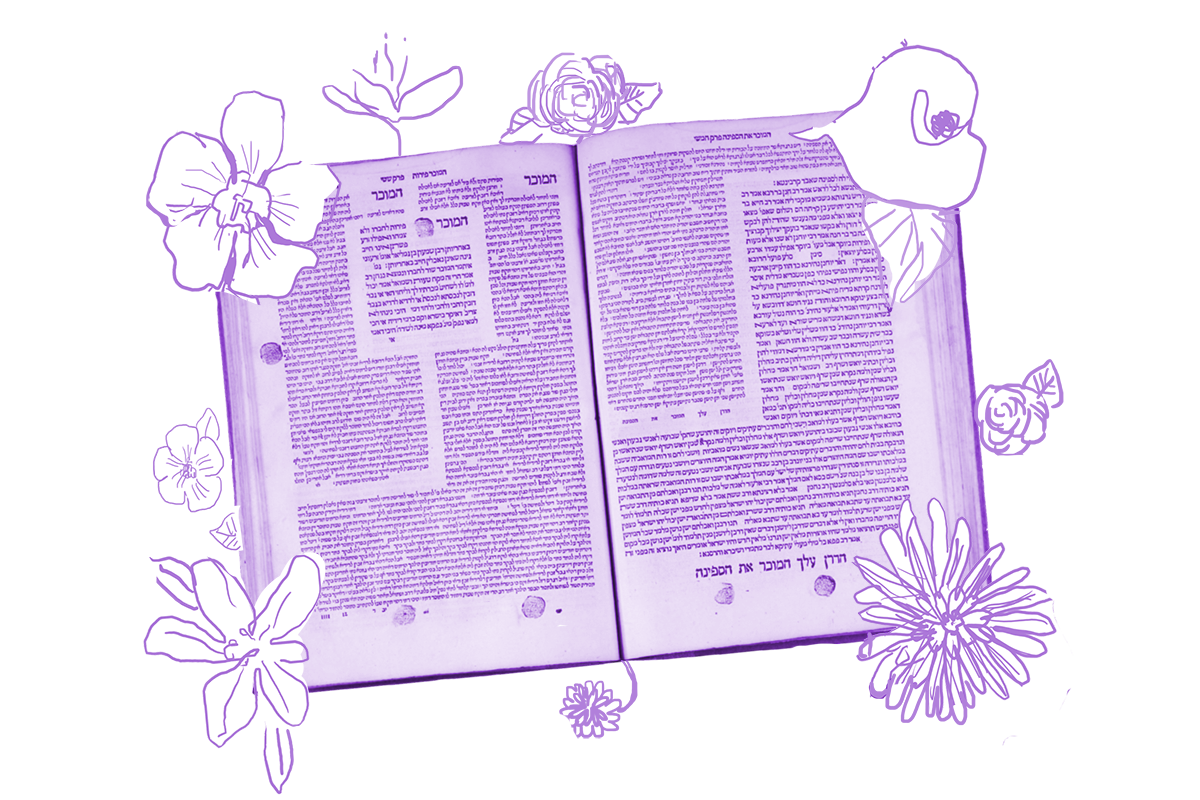Ah, gold! That bright, slightly reddish yellow, soft and malleable metal that everyone seems to love — now and also way back when. Consistently considered a precious element, gold has been used in coins, jewelry and art throughout human history. Gold was used throughout the Temple as well. In the Torah, gold is mentioned nearly 50 times in the construction of the mishkan, the portable sanctuary that was the precursor to the Temple: the great menorah is said to be pure gold, as are the cherubim that top the gold-covered ark. The high priest himself wears plenty of the metal, from his breastplate and bells to his headdress. And, likewise, many of the implements used in the Temple are also made of gold — even those used for tasks we can imagine were somewhat dirty, as we learn today from a mishnah which describes the process of transferring coals from the altar into the Holy of Holies:
On every other day, a priest would scoop up the coals with a coal pan made of silver and pour the coals from there into a coal pan of gold. But on this day (Yom Kippur) the high priest scoops with a coal pan of gold, and with that coal pan he brings the coals into the Holy of Holies.
One might think that using the gold pan for both scooping and carrying the coals on Yom Kippur came from a desire to use fancier utensils in honor of the sacred day. But, according to the Gemara, it has more to do with preserving the strength of the high priest, who is fasting and, as we’ve been learning, has a long complex list of jobs to complete over the course of the day. Using only one pan is a small way to preserve his physical and mental strength.
Gold, which in its purest form is too soft to construct an instrument for heavy duty work like scooping coals, naturally alloys with other metals, like copper, and forms intermetallic compounds, which can affect its color. The compilers of the Mishnah were well aware of this. In fact, they tell us that the regular coal pan that was used every day in the Temple was usually greenish gold. On Yom Kippur, however, one made from red gold was used instead.
With your help, My Jewish Learning can provide endless opportunities for learning, connection and discovery.
While we might look to nature or the chemistry lab to identify the various hues of gold, the rabbis turned to the Bible to formulate a list of the different types. As Rav Hisda teaches:
There are seven types of gold mentioned in the Bible: Gold, and good gold, and gold of Ophir (I Kings 10:11), and glistering gold (I Kings 10:18), and beaten gold (I Kings 10:17), and closed gold (I Kings 10:21), and gold from Parvayim (II Chronicles 3:6).
Rav Hisda’s distinction between gold and good gold is based upon the verse: And the gold of that land is good (Genesis 2:12). The verse mentions “good gold,” implying that there is another, lesser variety.
As we’ve come to expect, there is a second opinion. Rav Ashi believes that there are only five types of gold, the final five from Rav Hisda’s list. He reads Genesis 2:12 to say that each of the five types of gold can be found in both “regular” and “superior” quality.
Despite the biblical and rabbinic focus on all the gold that richly adorns God’s house, ultimately the rabbinic worldview is probably best approximated by Proverbs 16:16 which states: How much better to acquire wisdom than gold.
Read all of Yoma 45 on Sefaria.
This piece originally appeared in a My Jewish Learning Daf Yomi email newsletter sent on May 26th, 2021. If you are interested in receiving the newsletter, sign up here.



